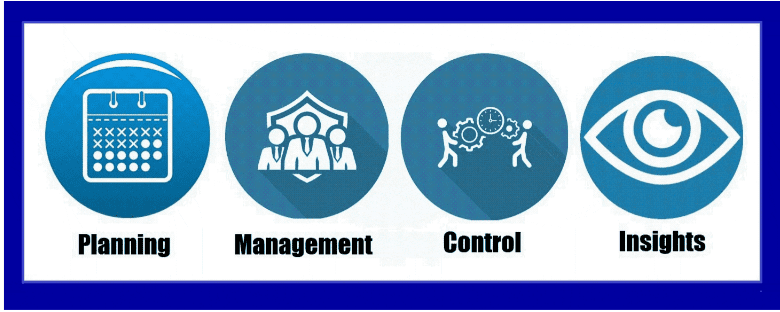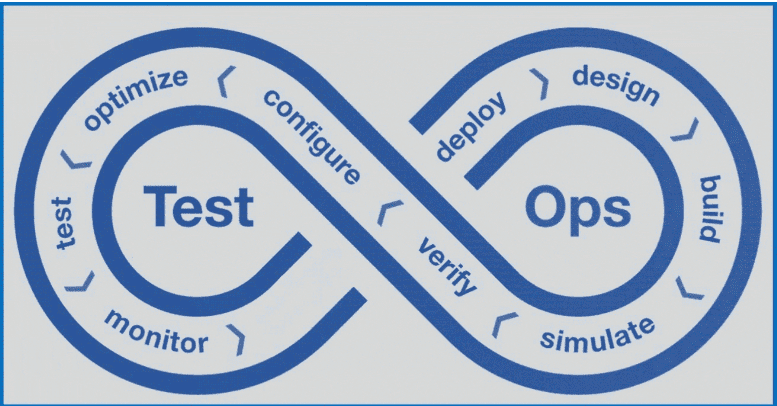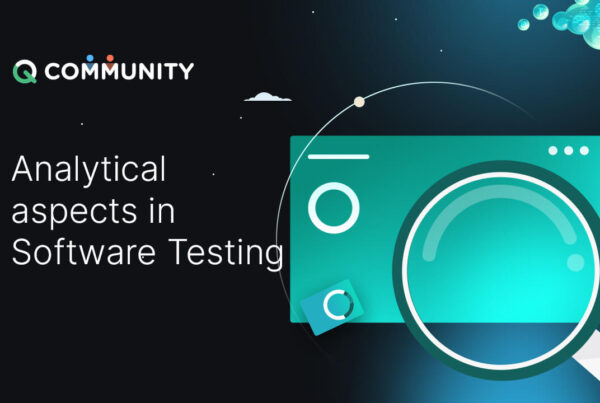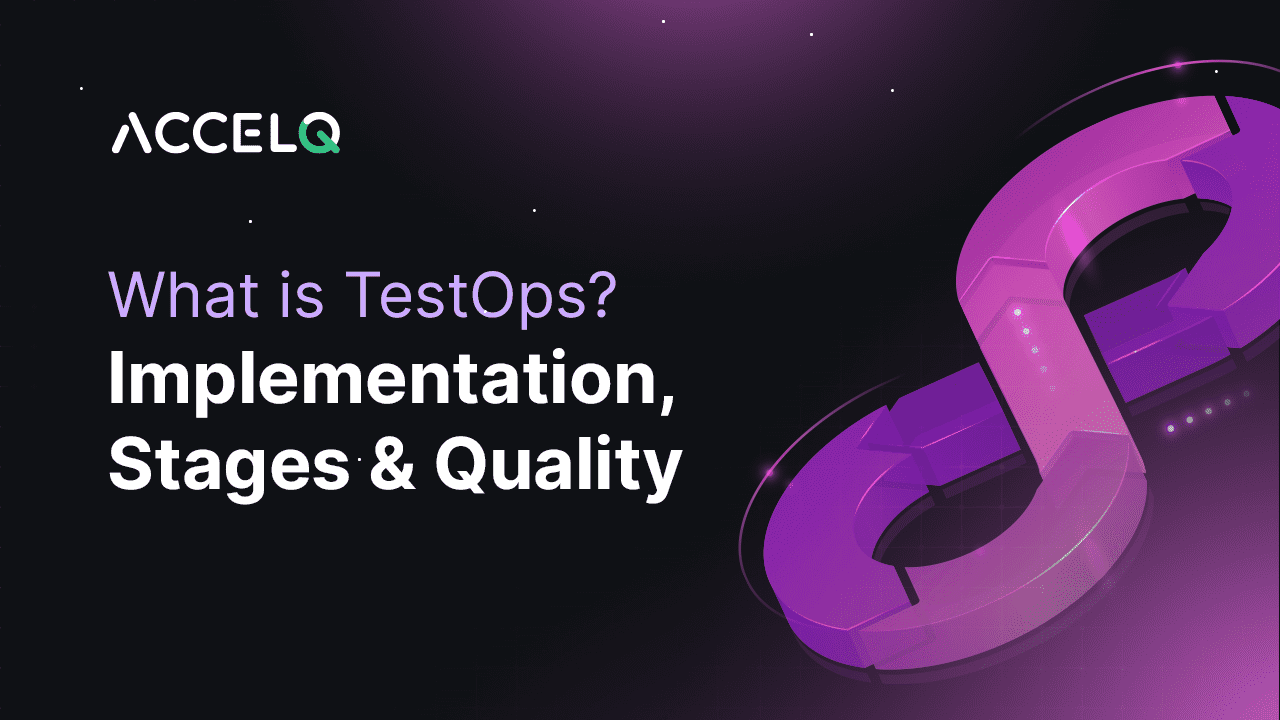What Is TestOps? Implementation, Stages & Quality

In the agile era of software development, the fusion of testing and operations, known as TestOps, emerges as a pivotal strategy for enhancing quality and efficiency. Unraveling how it transcends traditional testing boundaries to foster a collaborative, efficient, and quality-driven development environment.
In this blog, we explore the stages, challenges, and innovative solutions within TestOps, shedding light on its crucial role in modern agile teams and the future of testing.
What Is TestOps?
Any successful Agile Team cannot exist without effective collaboration with Operations Team. So if TestOps is simply a collaboration or intersection between Testing Team and Operations Team, the definition we are giving to TestOps is very vague.
We all have heard, “Quality is everyone’s responsibility and does not lie only with the Testing Team.” Nowadays, Developers, Business analysts, Designers, Managers, and product owners are all involved in Testing and ensuring the product is up to the expected quality standards. All Good, right? So what is the challenge? As more people get involved in Testing, the complexity also increases. The need for faster deliveries, continuous testing, and more people from different disciplines testing the application can become a deadly cocktail if not appropriately managed. This also hampers in making the testing scalable as the project grows. We need a progressive discipline that can handle the process, people, and tests to maximize efficiency, speed, and quality to tackle this problem. This is TestOps.
Stages of TestOps

- Planning: Test Planning, as in any agile project, should start very early in the development cycle. It should answer basic questions, what needs to be tested? When does it need to be tested? Who gets involved in the testing? And finally, how does it need to be tested? Setting up priorities involving the whole team can help to ensure that everyone involved is on the same page of understanding.
- Management: This stage involves efficiently organizing the team, tests, and environment. It can range from determining the naming conventions to dividing the testing tasks productively so that the Team can give maximum output.
- Control: This mainly involves how tests can be appropriately channelized to produce the best results. Since Testing now involves a diverse team of people, it is imperative to supervise the activities involved. Peer-to-peer reviews, automation test code reviews are all part of this stage.
- Insights: This is a stage that relies upon the results from the Testing. It involves analyzing the testing results and how effectively determining the release readiness, test stability, and failure diagnostics need to be done. Please remember that continuous improvement in testing is just as significant as continuous testing.
Speed of Delivery Vs. Quality
A classic problem any QA in his experience would have faced is the speed of delivery versus keeping up with Quality standards. The current competition in the market is driving things to such a level that every few minutes/hours, there is a new code pushed to the production. Downtime is becoming unaffordable during a production release, and zero downtime is the ideal goal every tech company strives for. Can you imagine Netflix or Facebook going down for maintenance every time they wanted to release new code to production? Continuous Development & Continuous Integration has become a non-negotiable standard in every matured development lifecycle. So both options to either deliver fast without proper tests or deliver slow with appropriate tests are no longer valid in today’s scenario.
A faster delivery demands faster testing, and for that, it is not enough to have automation just as a separate entity. Instead, Test automation should be baked into the delivery pipeline to catch regression defects as early as possible, and the build can be relooked into if necessary.
Focus areas for TestOps

DevOps Integration
DevOps is a much broader term that aims to reduce the development lifecycle by CI/CD. TestOps can be considered a subset of DevOps that mainly focuses on continuous validations in continuous development. It is an essential part of DevOps methodology that focuses on the current operational aspect of testing and on making it scalable in the future.
Real-time dashboards
Real-time dashboards of the Test Results are created and accessible to the whole team. This will help develop clear visibility into the key test metrics and would also help in improving the process/tests if required.
Cloud-based Automation Testing
One of the key challenges for Automation Testing is setting up the environment or the configuration in which the tests should run. Today, many combinations of OS, devices, and browsers come into the picture. The most effective way to cover these environments is to go with a Cloud-based Automation solution, thereby reducing the initial cost required for the infrastructure.
Non-functional testing is essential
If you think testing the business cases alone can ensure the stability of your application, then you are missing a whole another dimension. Testing just functional use cases is just one part of testing. TestOps also focuses on plugging in non-functional Testing like Performance Testing and Security Testing in the delivery lifecycle. Again this is done with the help of tools to get the outputs faster.
Artificial Intelligence in Testing
Advancements in AI helps TestOps to get better insights and predictions. Tools have become smart enough to self-heal during the execution or Rerun the test based on the situation. The reports generated in previous tests become Metadata to AI to predict the common failures and flakiness in the tests. AI can also be used for the categorization of failures.
How can TestOps be implemented expeditiously?
For TestOps, making the test solution scalable is a primary goal. But there is one immediate challenge that might obstruct or make this journey towards the goal difficult. Let’s address the Elephant in the room: ‘Maintenance.’ This is why Maintenance should be the first area TestOps person should address. The easier the maintenance can be done, the faster tests can be executed. Another challenge in making the Tests scalable is the skill set required and the initial effort to build the framework fit into the project delivery pipeline.
One way to mitigate the above challenges is to use platforms like ACCELQ. ACCELQ is one of the top AI-powered Codeless Test Automation platforms which uses cloud execution. There are several advantages of using ACCELQ. First, it reduces maintenance to a great extent, integration to the pipeline is already built into the platform, and last but not least, the skills required to perform these tasks are also minimal.
What TestOps holds for the future of Testing?
If things are this straightforward, as mentioned above, why don’t all organizations have TestOps? Well, it’s not that simple because what it takes is going that extra mile. It takes proper farsightedness to make Testing scalable as well. Even though Tech giants like Microsoft and Google successfully implement TestOps, it is still a new concept. Therefore very rarely do you see a role called TestOps position in your organization. But it is gaining momentum as we speak because the market demands it. The emergence of Codeless Automation Tools with AI support also propels the growth of TestOps to a great extent.
Discover More
 Practical Tips To Writing Clean Code For Test Automation/SDET Engineers
Practical Tips To Writing Clean Code For Test Automation/SDET Engineers
Practical Tips To Writing Clean Code For Test Automation/SDET Engineers
 Analytical Aspects in Software Testing
Analytical Aspects in Software Testing
































